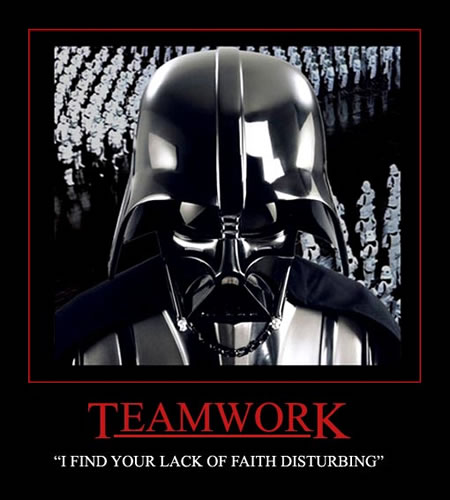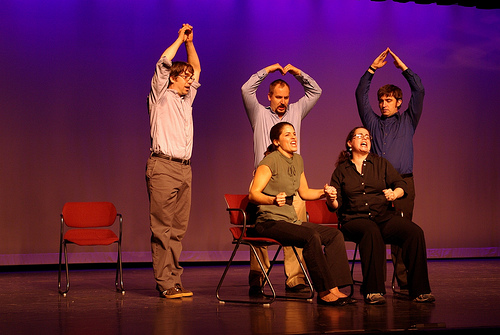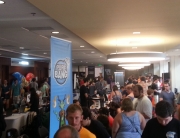Group brainstorming is a delicate business. Since joining Pure Bang two years ago, I created a few brainstorming guidelines for myself. The general rule is, “Don’t be THAT guy.” Trust me–I’ve been that guy, and I think that guy really sucks. He’s a real buzzkill.
1. Speak! (a.k.a., Don’t Be Afraid to Speak)
You’re in the room because someone in that room values your ideas, your approach, and your sensibility. The people in the room trust you. I know it’s mortifying to pitch an idea that you might think sounds stupid, but there is no such thing as a stupid idea. Be worthy of everyone’s trust, and stop being a wallflower. They WANT to hear from you.
2. Think Big
It’s okay to present impossible ideas (as long as the idea is relevant to the discussion). A brainstorming session is about reaching beyond the ceiling to find an idea that inspires the team. That idea doesn’t have to be realistic. So don’t censor yourself on that count!
3. Learn to Let Go
Don’t be the guy who can’t let go of his ideas. Nothing kills a brainstorming session like the guy/girl who interrupts the room’s momentum by repeatedly reminding everyone of his or her “brilliant” idea. Please, don’t turn your idea into the overenthusiastic homeless guy in a trench coat. A great idea, presented in a clear manner, doesn’t need to be exposed again and again.
I often find that people who do this are bad listeners (and sometimes, they don’t listen at all). Look, there is never a shortage of ideas — you will have a million of them. This is just one in a million. By insisting, you not only block the room’s momentum, but also your own ability to generate more ideas. Learn to let things go and move on.
4. Thick Skin
Don’t spend the rest of the meeting pouting about having your idea shot down. You’re basically telling the team, “Wehhh, I need to be treated with kid gloves!” When production is in full gear, no one wants the responsibility of being your therapist and creating a work regime that won’t make you break down under pressure. Don’t create more work for others.
5. Don’t Break the Flow
Don’t be the guy or girl who has a tourettes moment and blurts out a totally unrelated idea. That idea that your team spent the last fifteen minutes building collaboratively? Gone.
Everyone’s job in a team is to find ways where their own individual strengths, preferences, and experiences can serve the group’s goal. You can’t do that if you’re not listening. Be mindful of the flow of the conversation, write your idea down so that you don’t forget it, but wait to share it at a time that’s more appropriate.
6. “Yes, And…” (or “That’s awesome, because…”)
Any idea that isn’t terrible deserves a chance, so don’t jump to immediate negatives. The room should try to explore the idea’s potential, and to (hopefully) bring it to its logical conclusion. If the fully explored idea is relevant to the team’s creative goals, then great. If not, at least the team has one less option to consider. I’m not saying you should do that to ALL ideas, so this is where a good creative director can act as a live filter.
7. No Judgment
I always exclude people who love putting other people down for coming up with “dumb ideas.” It takes a lot of courage and confidence to present things to the group, so the last thing I need is a brainstorming troll.
8. Prove Them Wrong
And if nobody liked your idea? If you really believe in it, prove them wrong. Build a prototype on your own time, convince them of the value of your idea beyond, you know, just being an idea.
9. Final Words
Great ideas are built, not conjured in a vacuum. Listen to your team members (and not just with your ears, but really feel out the room’s vibe). Stay relevant to the discussion. Think big (be limitless with your ideas), and always respond with a positive.








Leave A Comment